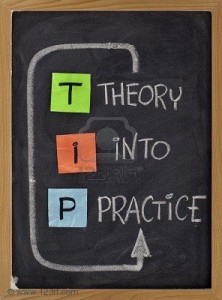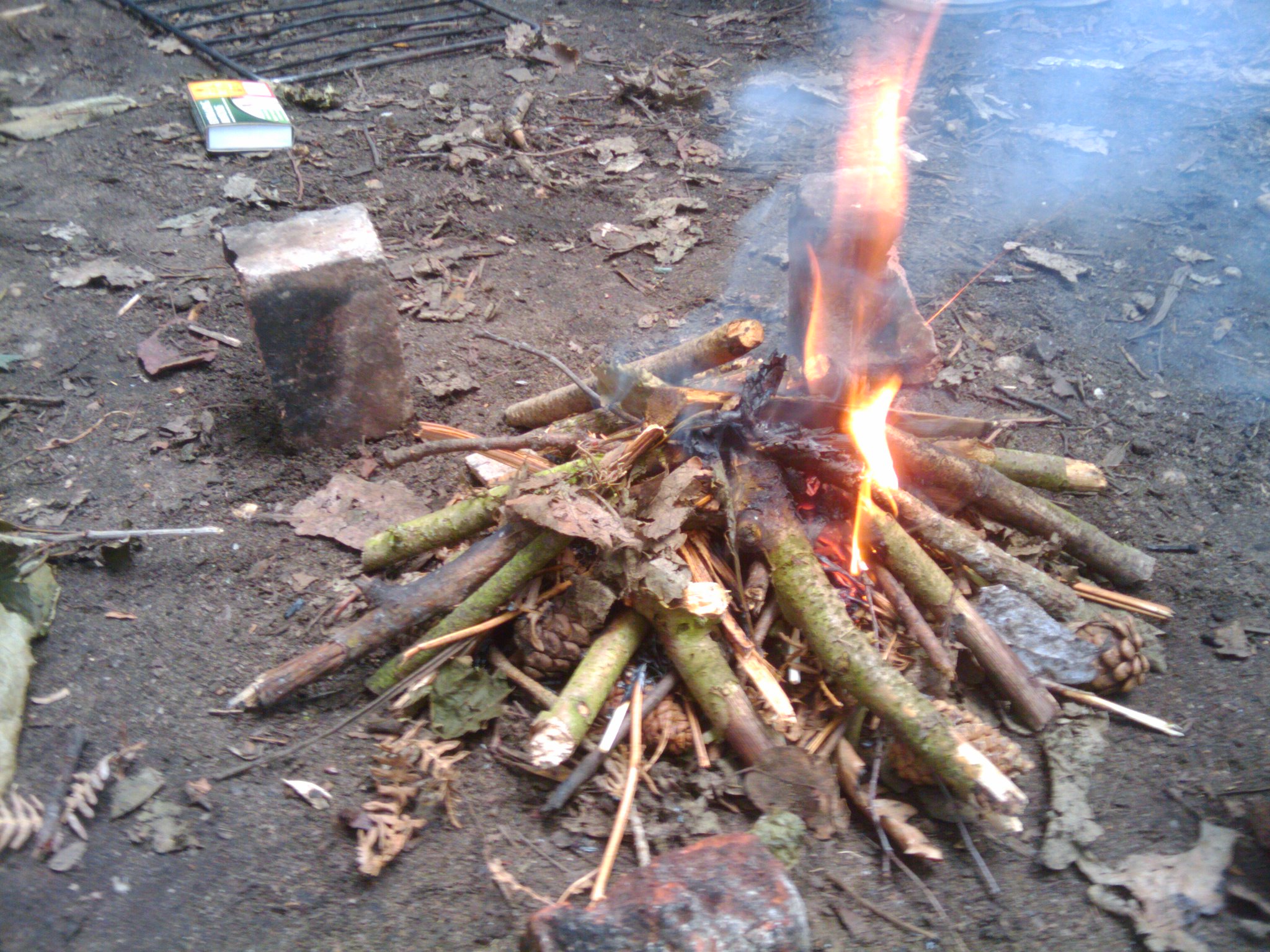For this year’s summer school at Copleston High School we investigated how Ipswich can be made appealing to the people of Bruges in Belgium. It is a real and significant problem (to us, at least), since the two towns have forged new links and have started to work more closely together in the last year. The Year 6 (soon to be Year 7) students attending the Summer School needed to decide what can be said about Ipswich and how it could be presented to their continental counterparts.
Below is a diary of the activities we used to build up the enquiry and student responses to them.
DAY ONE – Breaking the Ice
On arrival students were asked to play the ’11’ game. Everyone forms a circle and the first person starts counting, they can add 1, 2 or 3 numbers to the total. The person who has to say the number 11 is out and the counting starts again. This activity is a fun way to engage the brain and get people communicating in a small way.
Next, we carried out a litttle trust experiment, inspired by the work of Dan Ariely in The Upside of Irrationality. The group were split into two teams and each were given a bag of sweets (enough for one each). The first team had to decide whether to keep the sweets or hand them over to the other team for a chance of getting back many more than they started with. If they handed them over, the second team would receive four bags of sweets – making a total of five when added to the one they were already holding. The second team now had to decide whether to keep all five bags or split the bounty with the other team.
The results were fascinating. The first team debated for a while, but based on the fact that ‘we don’t know them and we don’t know that they will share’ they rejected the offer and kept the bag for themselves. The second group had decided to split the pot if they were given the option. Their rationale was that if the first team showed trust in them, they felt oblicated to reward them. The first team then felt bad and as we debriefed the activity the idea of trust came out really strongly as a key element in making any group enquiry work.
The final part of the morning session was used for getting to know people’s names (using ryhmes, e.g. ‘My name is Neal and I love a good meal,’ and a ball for random selection).
In the afternoon session we experienced archery. The activity was new to all students and a real challenge. The debrief centred arounnd a discussion of developing existing skills and learning new ones.
DAY TWO – What do you know already?
In the first session students were grouped to include a range of creative talents and then given the problem: How can you market Ipswich in Bruges? They had to think carefully about what they knew already and think about what questions they wanted to ask. We did this by doing a real brainstorm session and using David Leat’s 8Q approach (5Ws plus How, Could and Should). We also created a grafitti wall of our favourite questions where answers could be shared throughout the project. In the debrief students said that they now needed to find answers and suggested a visit to the town centre. Anticipating this, we made made a few bookings for Day 3.
The afternoon session was football coaching, where the students took a familiar skill and developed it in new ways.
DAY THREE – Summer Schooll On Tour
The whole day was spent out in Ipswich. We had pre-booked three guides: one at the docks, one at Ipswich Football Stadium and one at a local Mansion House. The idea was for students to get their questions answered, generate one ones and start to think about how to sell Ipswich. The whole day was fascinating and students were really starting to think about their knowledge because they were the ones in control of the questions. We also gave each group a digital camera and a journal so that they could record the day and take ‘publicity shots.’
The debrief took the form of a group Mind map and showed us that they had taken on board a lot throughout the and were now keen to get on with the project. So, we adapted our plans for Day Four and allowed the students freedom to create.
DAY FOUR – Any Ideas?
The fourth day was about students starting to develop their thoughts and coming up with the final product. They developed a range of responses, including live websites, powerpoints, models and branding – all through group interaction and problem solving techniques that they employed on their own. It was at this point that they ‘took over’ and started to call the shots about how to spend their time. Our role was to fascilitate and sort any logistical issues.
At the end of the day, the debreif centred around what skills they needed or wanted to develop. The students identified six key areas:
– How do we create good publicity?
– What language/words most persuade people to do something?
– How do we create good powerpoints and websites?
– What makes a good brand?
– How do you make a good speech?
– What does Ipswich stand for?
The staff then sat down and planned a session based around each of these questions for the next day…
DAY FIVE – Get Skilled
In the first session students had to allocate members of their group to attend the sessions listed above. There was a free choice as long as someone from each group attended each session. Three were run in the next hour and then another three after a break. The students then got together and swapped experiences and skills. The afternoon session was spent applying these new skills to their projects.
One of the issues that came up in the debrief was that they did not really know Bruges and so could not make a judgement about whether the points they had highlighted about Ipswich would appeal; as one girl put it, ‘We are saying that Ipswich has 12 medieval churches in use, but what if Bruges has 15… that won’t make them come here, it just makes them look better!’ It was a good point and we had anticipated this and organised a trip to Bruges.
DAY SIX – Are we ready to go?
The day was spent putting together a set of proposals and materials to test against the backdrop of Bruges. Students had two scenarios to work with ‘unique’ and ‘complimentary.’ The idea was to decide if they would sell Ipswich by stressing its unique features or whether more could be done with the links between the two places. Both theories would need testing against Bruges. They would need to test the strengths of any claim. By the end of the end students were filling their journals with points they wanted to clarify.
DAY SEVEN – The Big Road Trip
This was a long day, but worth the effort. Students were given a set of graphic organisers to fill in as well as collect information to support their approach to promoting Ipswich. The organisers were designed to capture a range of information and cover many skills – each member of the group had a different one to fill in and we left it up to the group to decide who did what. We had around five hours in Bruges, following set tours and recording information.
DAY EIGHT – More Information, More Problems
This day was spent making sense of the findings from Bruges and preparing media files shot on the previous day. Students decided how to spend their time and what to do. They submitted their plans in the morning and then started to work. It quickly became apparent to them that they now had information overload and almost all the groups started to edit and refine their work. This was interesting to watch as it is a skill we often teach and yet here were students independently recognising that it needed to happen.
DAY NINE – Statuesque
This day was devoted to throwing in one last challenge. Students were told that a sculpture had to be built to commemorate the link between the two places and they needed to submit a design. After the initial design was complete, students were asking about their presentations so we allowed students to manage their own time, as long as the whole project was completed, they could do whatever was necessary. So, they did.
DAY TEN – The Final Presentation
Parents and assorted visitors had been told to arrive at 1:30 pm and so students had four hours to complete their presentations about marketing Ipswich, create a stall to market their approach and show their sculpture and rehearse their speech. These last few hours were frantic, but the results were worth it. Each group did a unique presentation – some with ICT, others with mock-ups, and some just talking – and impressed the audience (who were full of questions).
At the end, staff revealed that they had kept a journal and noted down achievements by students. We called them up one-by-one and said what achievements we had seen them make in the two weeks and why that made us proud.
Epilogue
I have included here a copy of the original programme. I have done this to show just how much we changed as we went along, adapting to issues and the needs and requests of students. This ability to adapt is sometimes overlooked in normal classroom scenarios and yet it was what made the learning flow and be relevant to the students at that particular time.
The spirit of this group was so strong that we have decided to let them develop the programme for nest year. They will come up with the ideas, manage the budget, make the bookings and find the materials. Should be an interesting project to blog about…
[relatedPosts title=”Related Posts: ” num_to_display=”4″]




